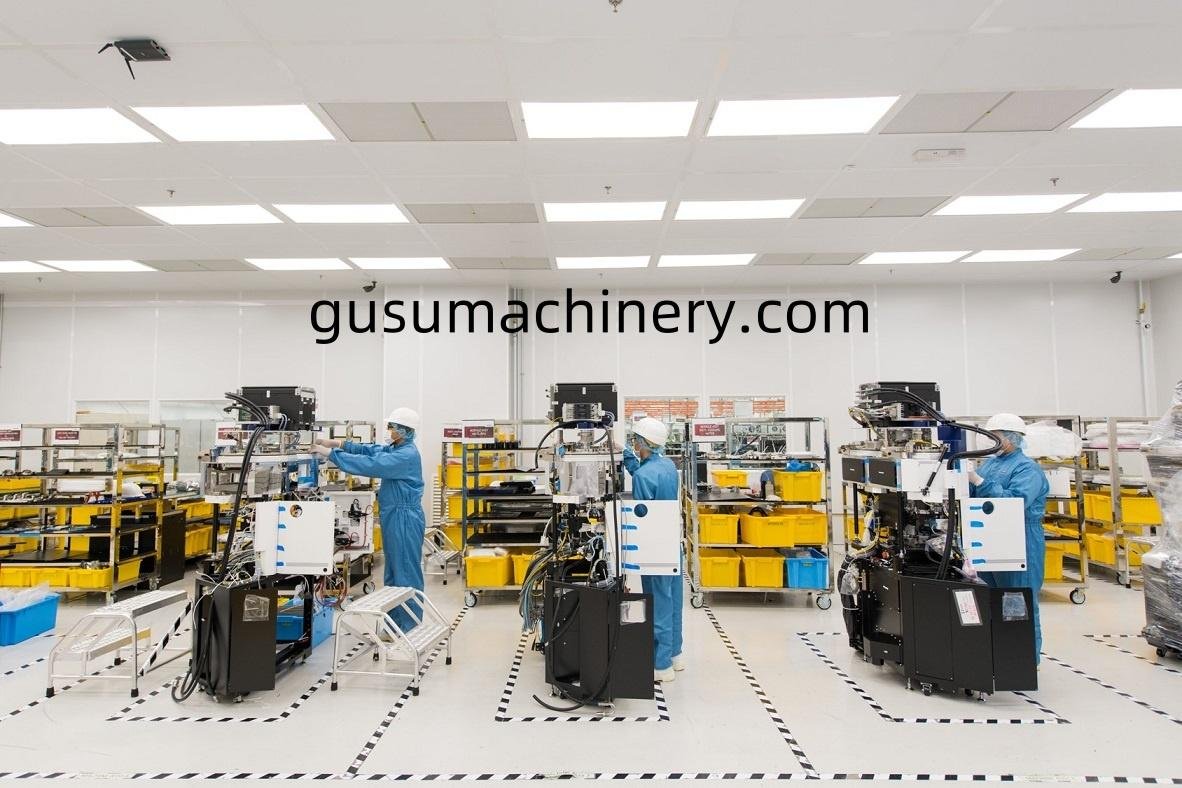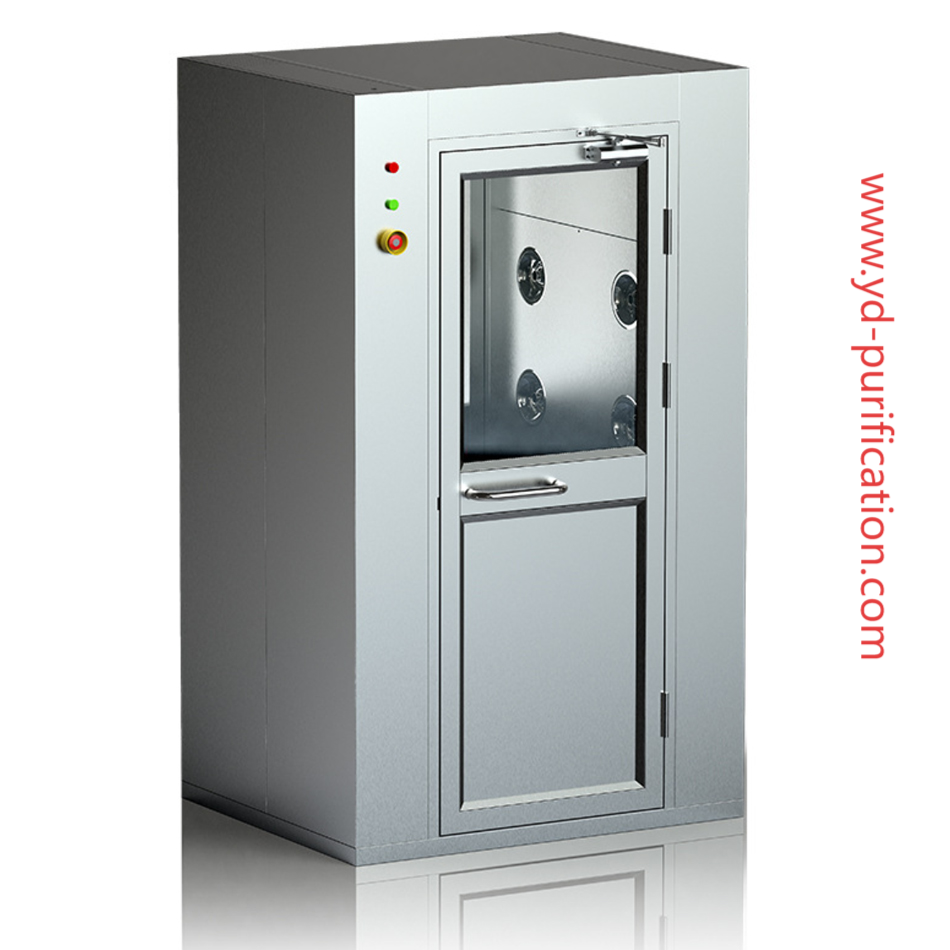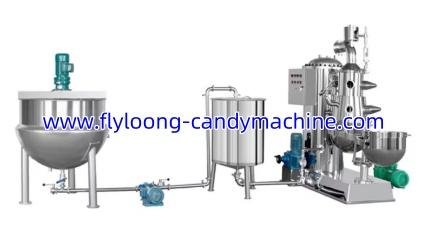Industrial Automation Motor Controllers: Powering Smart Manufacturing

Industrial Automation Motor Control - Motor control in industrial automation integrates drives, PLCs, and networked controls to achieve precision, safety, and efficiency.
Motor control is the backbone of industrial automation in the US, providing the precision and power necessary for complex manufacturing and process operations. The shift is away from simple starting and stopping toward integrated, high-precision motion control. This involves the use of sophisticated technologies like servo drives and high-end Variable Speed Drives, which are seamlessly integrated with Programmable Logic Controllers (PLCs) and robotics platforms.
In US manufacturing, where quality control and speed are paramount, motion control systems require extremely tight coupling between the controller and the physical process. Communication protocols with high-speed, deterministic characteristics (like EtherNet/IP or PROFINET) are essential for coordinating multiple axes of motion with nanosecond precision. This level of control is fundamental to sophisticated applications like CNC machining, high-speed packaging, and complex robotic assembly.
The US market emphasizes flexibility and scalability in automation architectures, allowing manufacturers to quickly reconfigure production lines in response to market demands. Consequently, modern motor control solutions must offer modularity, simplified connectivity, and powerful diagnostic tools that can be managed from a centralized HMI. The labor environment in the US, marked by a drive for reduced manual intervention, further accelerates the adoption of highly automated, motor-controlled processes that maximize throughput and maintain consistent quality with minimal human oversight.
FAQs on Industrial Automation Motor Control
Q: Why is high-speed, deterministic communication critical for modern industrial automation motor control?
A: It is critical for coordinating multiple motors and motion axes (e.g., in robotics or assembly lines) with precise timing and synchronization, which is essential to maintain high quality, speed, and accuracy in complex automated processes.
Q: What is the role of the Programmable Logic Controller (PLC) in relation to advanced motor control systems in automation?
A: The PLC serves as the central brain of the automation cell, issuing complex command sequences and coordinating the actions of multiple motor controllers (VSDs and servos) based on system logic, sensor feedback, and the overall production recipe.
Q: How does advanced motor control contribute to the manufacturing sector’s ability to adapt quickly to changing production needs?
A: Advanced motor control systems, particularly those using software-defined and networked drives, enable flexible automation architectures that can be quickly re-programmed and re-calibrated for new products or production variants, greatly improving manufacturing agility.







